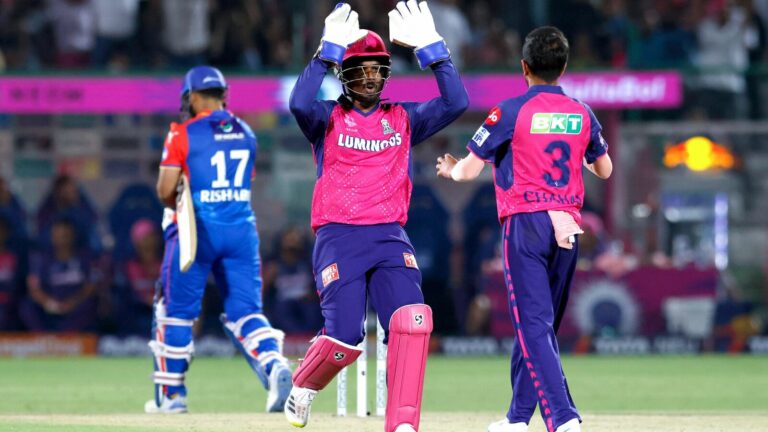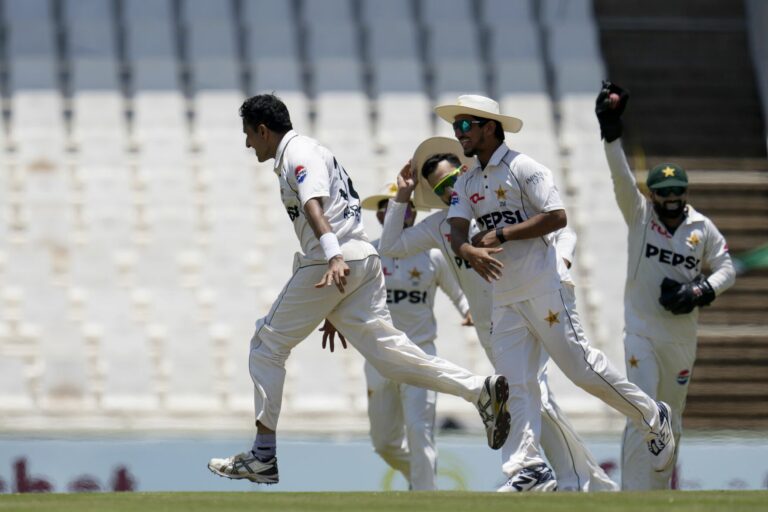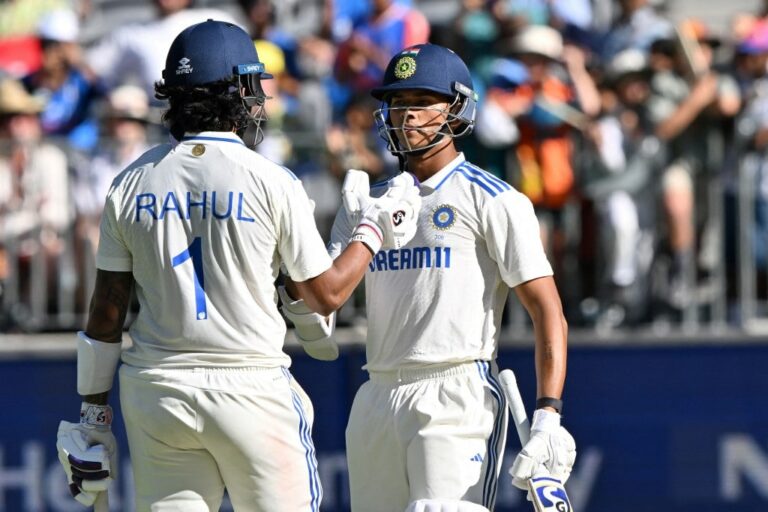How Cricket Teams Manage Injuries and Rehabilitation
11xPlay, Allpaanel: In the world of cricket, injuries are an inevitable part of the game that can potentially derail a player’s career or impact a team’s performance. One key factor in managing injuries for cricket teams is effective communication between players, coaches, and medical staff. Open dialogue regarding any discomfort or pain experienced by players can help in early detection and timely intervention, preventing minor issues from escalating into more serious injuries.
Another important factor in managing injuries is the implementation of a comprehensive injury prevention program. This includes regular strength and conditioning sessions, proper warm-up and cool-down routines, as well as adequate rest and recovery periods. By prioritizing injury prevention strategies, cricket teams can minimize the risk of players getting sidelined due to avoidable injuries, ensuring a stronger and healthier team overall.
Identifying Common Cricket Injuries
Cricket, a physically demanding sport, often leads to a range of injuries among players. Common cricket injuries include sprains, strains, and fractures, most frequently affecting the lower extremities. The fast-paced nature of the game, particularly in formats like T20 and one-day matches, can result in players pushing their bodies to the limit, increasing the risk of muscle strains and overuse injuries.
Another prevalent injury in cricket is shoulder dislocation, often seen in fast bowlers due to the repetitive motion of bowling. Batsmen are also prone to wrist and finger injuries, primarily caused by the impact of fast deliveries or mistimed shots. Understanding the common cricket injuries and their underlying causes is crucial for coaches and medical staff to develop effective prevention strategies and prompt treatment plans to keep players healthy and performing at their best.
Developing Rehabilitation Plans for Injured Players
Rehabilitation plans for injured cricket players play a crucial role in their recovery process. After sustaining an injury, it is essential to implement a strategic plan that focuses on restoring strength, mobility, and function to the affected area. The rehabilitation program should be tailored to the specific injury and individual player to ensure optimal results.
In developing a rehabilitation plan, it is important to set realistic goals and milestones to track progress. The plan should include a variety of exercises and therapies to address different aspects of the injury, such as flexibility, strength, and endurance. Regular monitoring and adjustments to the plan are necessary to ensure that the player is progressing as expected and to prevent any setbacks in their recovery journey.







